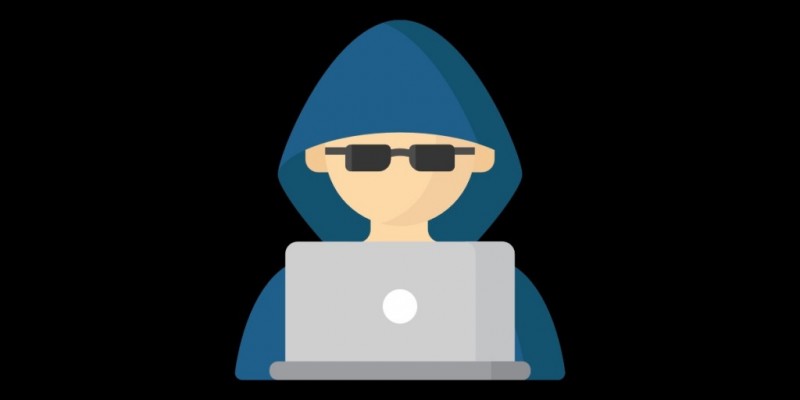
In today's interconnected world, the internet has revolutionized the way we live, work, and communicate. However, alongside its numerous benefits, the digital landscape has also given rise to a shadowy realm known as the "Dark Web." This hidden corner of the internet harbors a multitude of threats, including scams, fraud, and cybercrime, which pose significant risks to individuals and organizations alike. In this article, we'll delve deep into the underbelly of the Dark Web, exploring the various threats it presents and the measures you can take to protect yourself.
The Dark Web, often misconstrued as the entirety of the deep web, represents a small fraction of the internet that is intentionally hidden and requires specific software, such as Tor, to access. Within this enigmatic realm, a myriad of threats lurk, preying on unsuspecting individuals and exploiting their vulnerabilities for personal gain.
Understanding the Dark Web
Before we delve into the threats posed by the Dark Web, it's crucial to understand its structure and mechanics. The Dark Web operates on encrypted networks that anonymize users and obscure their online activities, making it a haven for cybercriminals to operate with relative impunity.
Types of Dark Web Threats
3.1 The Scam Ecosystem
At the heart of the Dark Web's threats lies a sophisticated and thriving scam ecosystem. From Ponzi schemes to fake online marketplaces, cybercriminals employ various tactics to deceive and defraud users, luring them into financial traps.
3.2 Identity Theft and Social Engineering
Dark Web actors capitalize on identity theft and social engineering techniques to gather sensitive personal information. This data is then exploited for financial gain or to perpetrate further cybercrimes.
3.3 Illicit Marketplaces
Illicit marketplaces offer a disturbing array of illegal goods and services, including drugs, weapons, stolen data, and hacking tools. These marketplaces facilitate criminal activities on an unprecedented scale.
3.4 Hacking and Malware Distribution
The Dark Web serves as a breeding ground for hackers and malware developers, providing them with a platform to distribute and sell malicious software. This ecosystem fuels cyberattacks worldwide.
Real-Life Examples
4.1 Phishing Attacks on the Dark Web
Phishing attacks on the Dark Web have evolved to become highly sophisticated, targeting individuals and organizations alike. Cybercriminals craft convincing messages to trick users into divulging sensitive information.
4.2 Silk Road: The Infamous Online Drug Bazaar
Silk Road, one of the most notorious Dark Web marketplaces, facilitated the trade of illegal drugs and forged documents. Its eventual takedown shed light on the challenges law enforcement faces in combating Dark Web activities.
4.3 Ransomware Operations
Dark Web actors often orchestrate ransomware attacks, encrypting victims' data and demanding hefty ransoms for its release. These attacks can cripple businesses and cause significant financial losses.
The Deep Web vs. the Dark Web
It's important to differentiate between the deep web and the dark web. While the deep web encompasses all unindexed web content, the dark web specifically refers to the encrypted, illicit part of the internet where criminal activities thrive.
Protecting Yourself from Dark Web Threats
6.1 Secure Online Behavior
Practicing secure online behavior, such as avoiding suspicious links and not sharing personal information, is the first line of defense against Dark Web threats.
6.2 Antivirus and Anti-Malware Software
Utilizing reliable antivirus and anti-malware software can help detect and prevent malicious software from infiltrating your devices.
6.3 Encrypted Communication
Employing encrypted communication tools adds an extra layer of protection, making it harder for cybercriminals to intercept sensitive information.
6.4 Multi-Factor Authentication (MFA)
Enabling MFA adds an additional level of security by requiring multiple forms of verification before granting access to accounts and systems.
Legal and Ethical Concerns
The Dark Web's existence raises complex legal and ethical questions, as it challenges traditional notions of internet governance and oversight.
The Role of Law Enforcement
Law enforcement agencies worldwide are grappling with the unique challenges posed by the Dark Web. Coordinated international efforts are necessary to combat its threats effectively.
In a digital landscape rife with innovation, the Dark Web stands as a stark reminder of the potential dangers that lurk beneath the surface. Understanding these threats and taking proactive measures to safeguard our online presence is imperative. By remaining vigilant and staying informed, we can navigate the complexities of the internet while minimizing the risks associated with Dark Web threats.
Decentralized Finance (DeFi) and Cryptocurrencies: A Revolution in the Financial Landscape
Instagram to Make It More Difficult to Slide into DMs of Unknown People